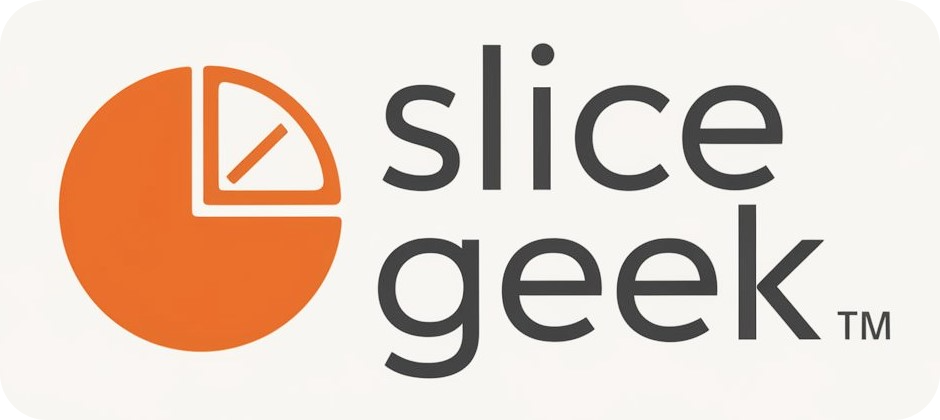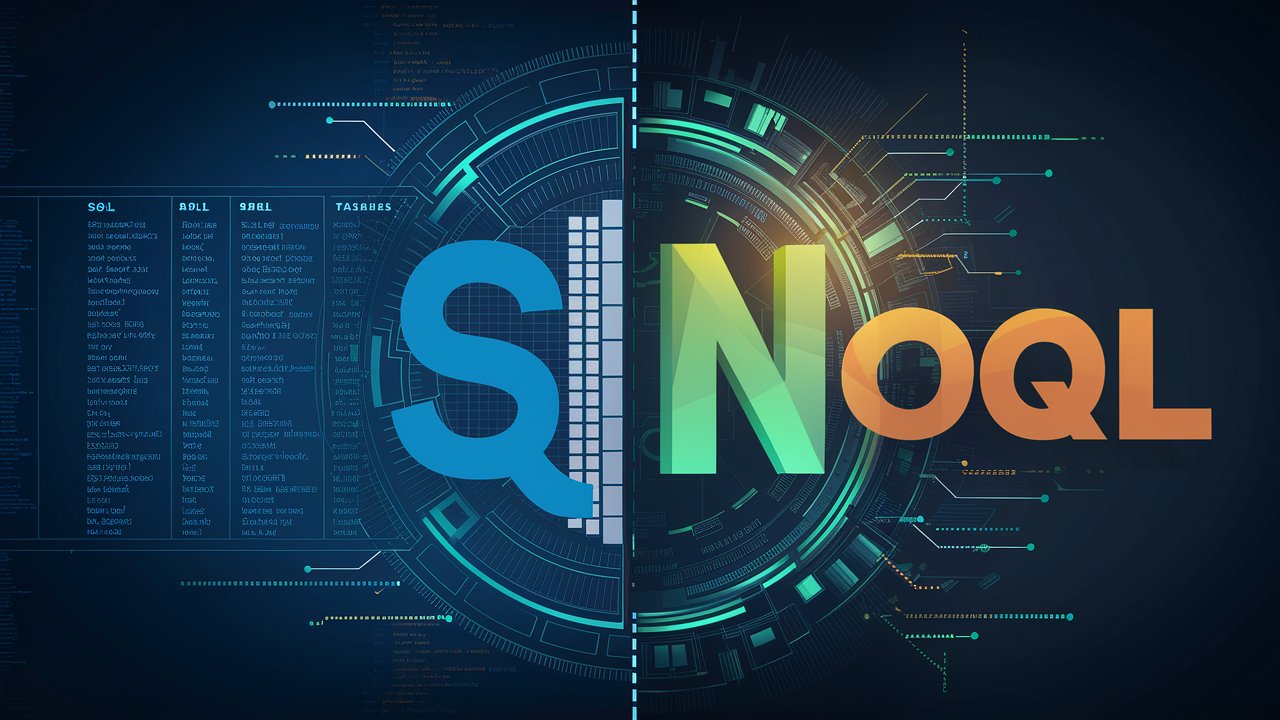In the rapidly evolving world of data management, the choice of database can significantly impact the performance, scalability, and flexibility of your applications. SQL and NoSQL databases represent two fundamentally different approaches to storing, managing, and retrieving data, each with its own strengths and weaknesses. Understanding the key differences between SQL and NoSQL databases is crucial for making informed decisions that align with your specific needs and use cases.
This blog will explore the main distinctions between SQL and NoSQL databases, providing insights into their architectures, data models, scalability, flexibility, and use cases.
SQL Databases: A Traditional Approach to Data Management
SQL, or Structured Query Language, databases have been the cornerstone of data management for decades. They are relational databases that store data in structured tables, with each table consisting of rows and columns. SQL databases are built on a rigid schema, which defines the structure of the data in advance, including the types of data that each column can hold.
Structured Data and Schema
One of the defining characteristics of SQL databases is their use of structured data. Data is organized into tables, with each table representing a different entity. For example, a table might represent customers, with each row corresponding to a different customer and each column representing attributes like name, email, and phone number. This structured format allows for efficient storage, retrieval, and manipulation of data.
The schema in SQL databases is predefined and enforced, meaning that any data inserted into the database must conform to the schema’s structure. This provides a high level of data integrity and consistency, ensuring that the data is organized and follows a specific format.
ACID Compliance
SQL databases are known for their adherence to ACID (Atomicity, Consistency, Isolation, Durability) properties. These properties are crucial for applications where data accuracy and reliability are paramount, such as in financial transactions or inventory management systems. ACID compliance ensures that transactions are processed reliably and that the database remains in a consistent state, even in the event of a system failure.
Query Language
The Structured Query Language (SQL) itself is a powerful tool for interacting with SQL databases. It allows users to perform a wide range of operations, including querying data, updating records, inserting new data, and deleting records. SQL provides a standardized way to manage data, making it easy for developers to write complex queries that can join multiple tables, aggregate data, and filter results based on specific criteria.
Vertical Scalability
SQL databases are typically vertically scalable, meaning they can handle increased loads by adding more resources to the existing server, such as additional CPU, memory, or storage. This approach works well for applications with relatively stable and predictable growth patterns, but it can become challenging and expensive as the database grows in size and complexity.
Use Cases for SQL Databases
SQL databases are ideal for applications that require complex queries, transactions, and a high degree of data integrity. They are commonly used in industries like finance, healthcare, and e-commerce, where data consistency and reliability are critical. Examples of SQL databases include MySQL, PostgreSQL, Microsoft SQL Server, and Oracle Database.
NoSQL Databases: A Flexible and Scalable Alternative
NoSQL databases, short for “Not Only SQL,” represent a more flexible and scalable approach to data management. They are designed to handle unstructured and semi-structured data, making them well-suited for modern applications that require rapid development, scalability, and the ability to manage diverse data types.
Flexible Data Models
Unlike SQL databases, NoSQL databases do not rely on a rigid schema. This means that data can be stored in a variety of formats, including key-value pairs, documents, columns, and graphs. Each NoSQL database type is optimized for specific data models and use cases:
- Document Databases: These databases store data in JSON-like documents, which can have nested structures and varying fields. This flexibility allows for the storage of complex data types without the need for a predefined schema. MongoDB is a popular example of a document database.
- Key-Value Stores: In key-value stores, data is stored as a collection of key-value pairs, similar to a dictionary or hash map. This simple and efficient model is ideal for caching, session management, and real-time data processing. Redis and DynamoDB are examples of key-value stores.
- Column-Family Stores: These databases store data in columns rather than rows, allowing for the efficient retrieval of specific columns within large datasets. Column-family stores are well-suited for analytical applications that require fast read and write operations. Apache Cassandra and HBase are examples of column-family stores.
- Graph Databases: Graph databases are designed to store and manage relationships between entities, making them ideal for social networks, recommendation engines, and fraud detection. Neo4j is a popular graph database.
Eventual Consistency and CAP Theorem
NoSQL databases often embrace the concept of eventual consistency, which means that while data may not be immediately consistent across all nodes in a distributed system, it will eventually become consistent. This approach allows NoSQL databases to achieve high availability and partition tolerance, which are critical for applications that require continuous uptime and can tolerate some level of data inconsistency for short periods.
The CAP theorem, which states that a distributed database can only guarantee two out of three properties—Consistency, Availability, and Partition tolerance—guides the design of NoSQL databases. Depending on the specific requirements of an application, NoSQL databases may prioritize availability and partition tolerance over strict consistency.
Horizontal Scalability
NoSQL databases are designed for horizontal scalability, allowing them to handle massive amounts of data by distributing it across multiple servers or nodes. This approach enables NoSQL databases to scale out easily as data volumes and traffic increase. Horizontal scalability is particularly advantageous for applications with unpredictable growth patterns or those that need to handle large-scale, real-time data processing.
Schema Flexibility
The lack of a predefined schema in NoSQL databases allows for greater flexibility in storing and managing data. Developers can easily add or modify fields in documents without affecting the overall structure of the database. This flexibility is especially beneficial for applications that require rapid development cycles, as it allows developers to iterate and evolve the data model without the constraints of a rigid schema.
Use Cases for NoSQL Databases
NoSQL databases are ideal for applications that require scalability, flexibility, and the ability to handle unstructured or semi-structured data. They are commonly used in industries like social media, IoT (Internet of Things), big data analytics, and content management. Examples of NoSQL databases include MongoDB, Cassandra, Redis, Couchbase, and Neo4j.
Key Differences Between SQL and NoSQL Databases
Understanding the key differences between SQL and NoSQL databases is essential for selecting the right database solution for your application. Here are the main distinctions:
Data Model
SQL databases use a structured, table-based data model with a predefined schema. This model is ideal for applications that require a high degree of data integrity and complex querying capabilities. In contrast, NoSQL databases offer a variety of data models, including document, key-value, column-family, and graph, allowing for more flexibility in how data is stored and managed.
Schema Design
In SQL databases, the schema is defined upfront and enforced, ensuring that all data adheres to a specific structure. This rigidity can be both a strength and a limitation, depending on the application. NoSQL databases, on the other hand, do not require a predefined schema, allowing for greater flexibility in data storage and the ability to handle evolving data types without the need for significant restructuring.
Scalability
SQL databases are typically vertically scalable, meaning they scale by adding more resources to a single server. This approach works well for smaller applications but can become expensive and less efficient as the database grows. NoSQL databases are designed for horizontal scalability, allowing them to scale out across multiple servers. This makes them ideal for large-scale applications with high data volumes and traffic.
Consistency vs. Availability
SQL databases prioritize consistency, ensuring that all transactions result in a consistent state across the database. This is critical for applications where data accuracy and reliability are paramount. NoSQL databases, particularly those designed for distributed environments, often prioritize availability and partition tolerance over strict consistency, embracing the concept of eventual consistency. This approach allows for high availability and resilience, making NoSQL databases well-suited for applications that require continuous uptime.
Query Language
SQL databases use Structured Query Language (SQL) for querying and managing data. SQL is a powerful, standardized language that allows for complex queries, joins, and aggregations. NoSQL databases do not have a standard query language, and the query methods vary depending on the database type. For example, MongoDB uses a query language based on JSON, while Cassandra uses CQL (Cassandra Query Language). The flexibility of NoSQL databases often comes at the cost of more complex and less standardized querying.
Use Cases
SQL databases are best suited for applications that require complex queries, transactions, and a high degree of data integrity, such as financial systems, CRM software, and inventory management systems. NoSQL databases excel in scenarios where scalability, flexibility, and the ability to handle unstructured data are more important, such as social media platforms, IoT applications, big data analytics, and content management systems.
Conclusion
The choice between SQL and NoSQL databases depends on various factors, including the nature of the application, the type of data being managed, scalability requirements, and the need for flexibility. SQL databases offer a structured, reliable approach to data management, making them ideal for applications that require high levels of data integrity and complex querying. NoSQL databases, with their flexible data models and horizontal scalability, are better suited for modern applications that need to handle large volumes of diverse data and scale out quickly.
By understanding the main differences between SQL and NoSQL databases, developers and organizations can make informed decisions that align with their specific needs, ultimately leading to more efficient and effective data management solutions. Whether you choose SQL, NoSQL,





